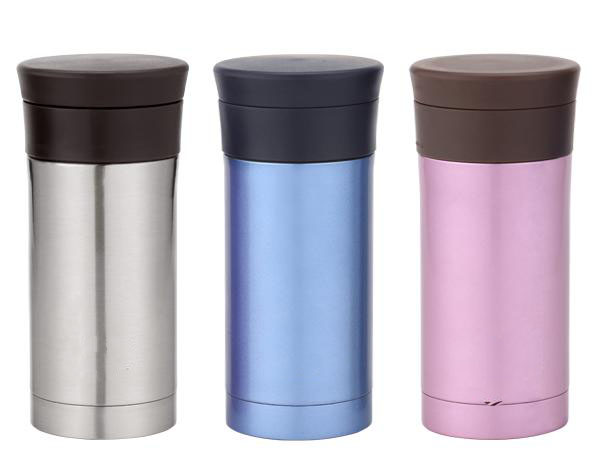Due to the different equipment used, the objectives to be achieved are different, and there are different workflows for color management. It is impossible to list them here. We use an easiest workflow example to illustrate how color management works.
This simple workflow is: taking photos - computer modifications - inkjet printing
In this work, three types of equipment were used: digital cameras, computer monitors, inkjet printers, and photoshop software.
The first step is to prepare the respective device color characteristic ICC files for the three devices.
After the digital camera corrects the white balance, the SG color card is shot, and the current environment camera iICC is calculated by the software and stored in the designated position of the system (winNT\system32\spool\drivers\color).
Use a monitor calibration instrument, calibrate the monitor, and get the monitor icc file, which will be automatically placed on the computer system (winNT\system32\spool\drivers\color) and automatically specified as the monitor color profile.
Due to the use of the simple EPSON R230 printer, the TC 2.18 color card in the RGB mode can be printed without a plug, and the color card can be measured with a spectrophotometer to obtain the R230 ICC file and save it in the designated position in the system. (winNT\system32\spool\drivers\color). Click Printer Properties to add it as a printer color management profile.
The second step: specify the dedicated icc of the image
Open a photo with the same environment as the color card, use photoshop's "Assigned to Configuration File" command, select the ICC file of the digital camera you just created, you will find that the color of the image immediately changed, changed and the actual scene color It's closer.
If you need to adjust or put into other software to make, you can convert it to the workspace that you are most familiar with most commonly used (such as Adobe RGB or sRGB).
Note: Converting to the familiar ICC space is mainly due to the fact that the colors of these spaces displayed in the photoshop color panel are more familiar and easier to control by visual.
The third step: save the image after modification
After modifying the image, save it and check the ICC configuration file.
Step 4: Monitor Before Printing
When you need to use a picture to print, open the image, click View/Proof Settings/Custom, select the ICC of the produced printer, and see the color changes that appear when printing. For example, if the color change is too large, you can select the sample. After the color, visually fine-tune the picture again until it is satisfied.
Step 5: Print right
Select Print. In the Print Space, select the ICC of the printer that has been created (you need to turn off the color management in the printer settings).
You can also choose to have the printer control the color (requires color management in printer settings to select ICM).
In this process, the role of the digital camera ICC and the printed ICC is obvious and intuitive, and we need to use it directly. However, the function of the display ICC is invisible. It controls the color of the computer monitor in the background, and it can ensure the color of the image when it is seen on the display.
A good workflow must have several features:
1. Are all devices calibrated and have ICC files
2. Whether all files have a clear built-in ICC file (ICC placed on save)
3. Must use control software with built-in color management engine (such as photoshop) to work
4. Whether you can control the changes in color conversion (control of conversion intention)
